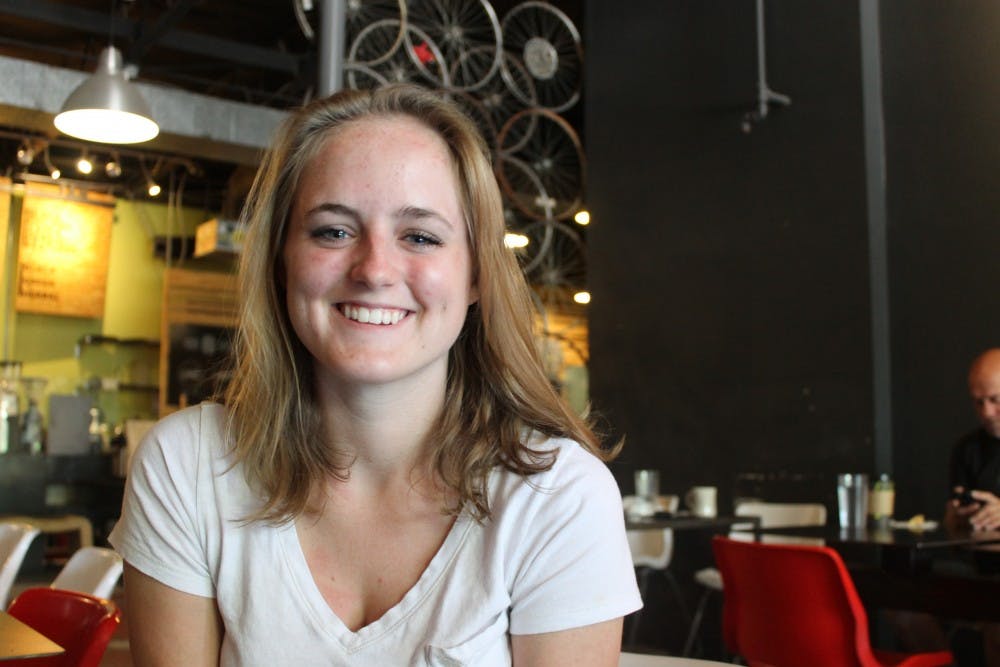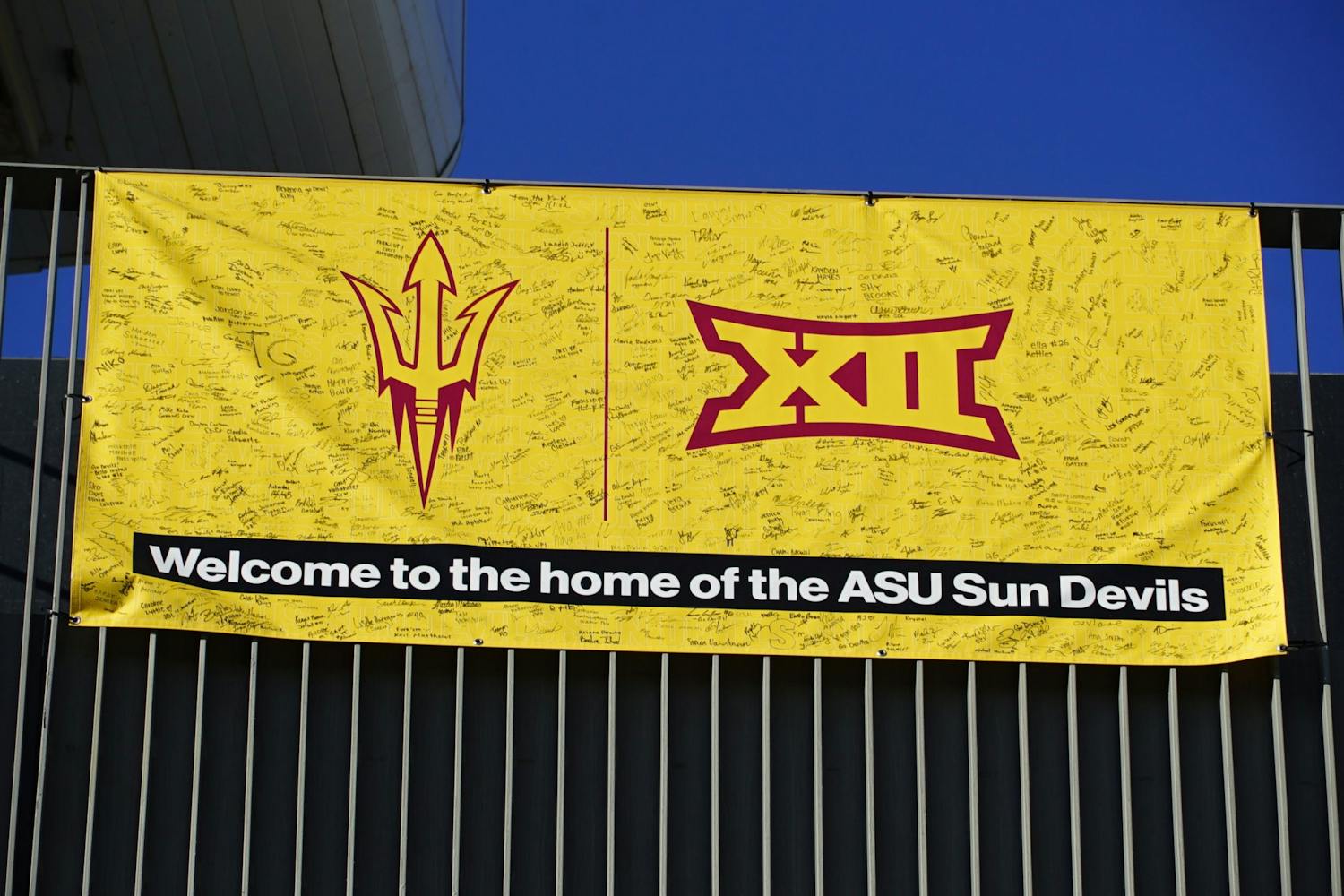Finding community in America’s largest public University can be a daunting task.
Bridging Success hosted the Early Start, a six day program held the week before the fall semester began, is geared to help students who were previously in the foster care system connect to ASU.
Students in the program had the opportunity to move into their dorms on the Tempe campus and take part in various activities and seminars.
“I think ASU is really good at, as big as we are, creating opportunities for community, whether it’s a special program like mine or dorming students together based on their majors," said Justine Cheung, program coordinator for Bridging Success. "They take something really big and make it small."
Bridging Success was created as a response to a state bill passed in 2013, that would give foster youth tuition waivers to state or community colleges, as long as they had been in the foster system at some point after their 16th birthday.
After this bill was passed, ASU expected a higher influx of foster youth, and wanted to create a program that would accommodate the needs of this new, growing population on campus; thus, Bridging Success was born.
The Early Start program was first implemented in the fall of 2015, and now, in its second year, is continuing to grow at ASU.
About 30 students participated in the Early Start program this year, although roughly 160 students self-identified on FAFSA as having been in foster care for the 2016 school year, according to Cheung.
Throughout the Early Start program, students were introduced to academic expectations at ASU, and learned skills that would help them find academic success during the school year.
Peer mentors conducted mock lectures and led workshops on topics such as how to read a syllabus and how to time manage.
Students were also connected to key contacts at the University, such as financial aid and counseling services.
“We introduce them to these key people and these key resources, so they’re familiar and more likely to utilize them because they have positive experiences with them early on,” Cheung said.
Yet, the program was not all hard work.
Participants had the opportunity to engage in recreational activities such as team-building challenges with Sun Devil Fitness.
“As much as it’s practical for these students to give them life skills and connections on campus, it’s also very much building community,” Cheung said. “They find their people during that first week, which is really an awesome thing to watch because you and I know how big ASU can feel.”
Much of Cheung’s work involves reaching out to high school students through nonprofit organizations that support foster youth, to start shifting the paradigm in the foster care community and tell students they should aspire to go to college.
Cheung and her team also walk prospective students through the admissions process, and meet with current students to provide support and help solve their problems.
“(Bridging Success) was meant to open a door to post-secondary education,” Cheung said.
She explained that many foster youth are not encouraged to see college as a reasonable aspiration.
Social work sophomore Manuella Yushuvayeva said although she was reluctant to participate in Early Start, it has helped her adjust to life at ASU.
“I saw foster youth, and I was like ‘no,'" Yushuvayeva said. "I don’t want to talk about where I come from. People won’t understand me. People won’t get it. There can’t be as many foster youths as I think there are."
Yushuvayeva, however, transferred to ASU from a small state school in New York, and said at the time she did not feel very connected to her peers.
This experience motivated her to attend the Early Start program, as she wanted her experience at ASU to be different.
“If I didn’t attend, how would I have adjusted to the community?” Yushuvayeva said. “It just kind of helped me put myself out there. It gave me the resources I needed and it was up to me to grab them or dismiss them.”
Yushuvayeva said the workshops and information was helpful to her, but the Bridging Success staff proved to be one of the most valuable resources.
“Here, especially with the staff that coordinated all of it, it was just so amazing," she said. "You know you have people behind you. They’re not going to push you away or go tell you to meet with somebody else." “You can tell they’re invested into this. This means something to them.”
Yushuvayeva said she believes the program’s structure allowed her to learn about how to be successful at ASU without being too overbearing.
“It just allows you to feel like you are a college student,” she said. “We had to trust in them, but they had to trust in us as well.”
Still, the most important part of the program, for Yushuvayeva, was the friendships she developed with her peers, she said.
Computer information systems freshman Rachel Kreger-Pratt said these friendships were valuable to her as well.
“Just knowing that there are people here that have gone through the same thing as me, and they all also want to go and meet each other, that got me more excited than nervous,” she said.
She said the program allowed her to build a family, learn about ASU and become comfortable being on campus.
In the future, Kreger-Pratt said she would like to see the program gain more awareness so that it may help a greater number of foster youth.
“Being able to take care of myself and live on my own, but knowing that I have support is really great,” she said.
Reach the reporter at ekamezak@asu.edu or follow her on Twitter @emikamezaki
Like The State Press on Facebook and follow @statepress on Twitter.




